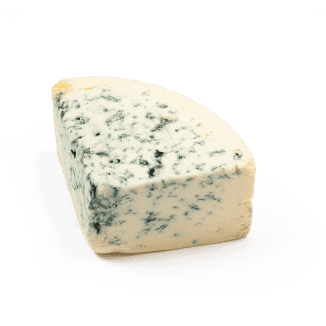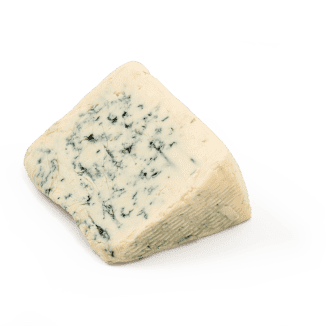In the roughly five years I worked as a cheesemonger, the shoppers I encountered never seemed nervous to pick out a wedge of Brie or a block of cheddar. But people were often a little apprehensive when they approached our blue cheeses. I was sympathetic. Blue cheese is a big, diverse category of cheese with a reputation for being strongly flavored and punchy. It can intimidate or perplex even adventurous eaters, as evidenced by the questions I heard: Is Gorgonzola the Italian word for blue cheese? How does the mold grow? Can you cook with fancy blue cheeses or should you save them for a cheese plate? And—perhaps the most common question—if you love other styles of cheese but have yet to find a blue that you enjoy, what should you buy?
I’m not at the cheese counter anymore, but I still wanted to help clear up the confusion. Rather than assembling a 21-person panel of tasters to sample a selection of blue cheeses in a blind tasting, I approached this topic differently. Because blue cheese is a big category with many different styles—all of which are worth learning about and trying—I decided to highlight a broad selection of styles, each good in its own way.
To put together this list of blue cheeses, I consulted with experts from The Guild of Fine Food, which organizes the World Cheese Awards, and the American Cheese Society to identify some of the world’s best and most important blue cheeses. I then narrowed them down to 14 that are readily available at American supermarkets, specialty shops, or online. I interviewed many of the manufacturers and ordered all the cheeses. Nine of the blue cheeses highlighted here are imports that have been produced for decades or even centuries. Five are produced domestically by cheesemakers that have helped define artisan cheese in America. These 14 blue cheeses are wildly different in flavor, texture, and intensity—and they are all excellent.

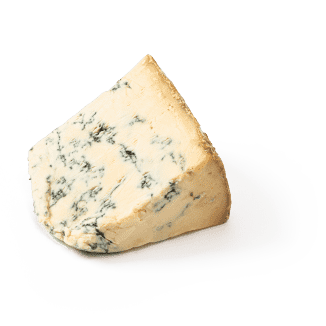
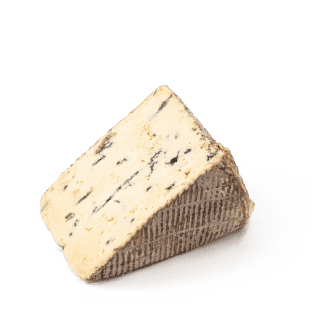
 Buy at Murray's
Buy at Murray's
 Buy at Jasper Hill Farm
Buy at Jasper Hill Farm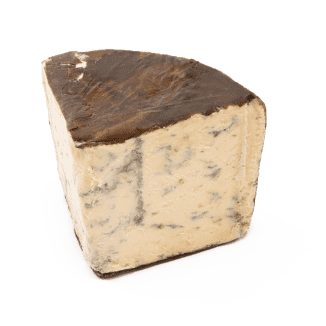



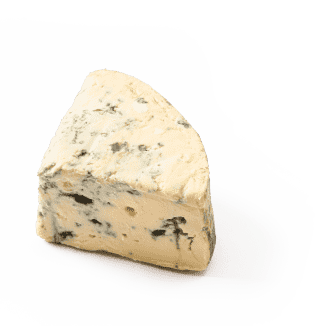


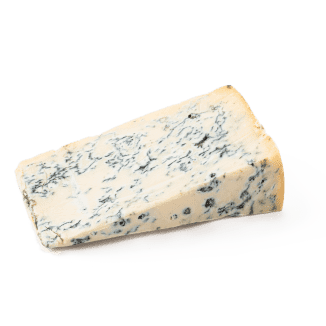

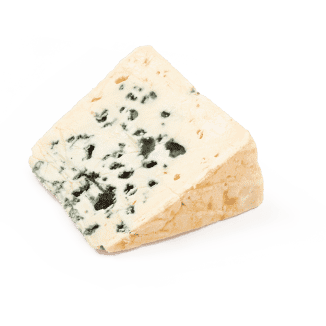

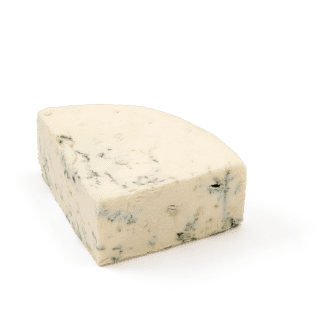
 Buy at iGourmet
Buy at iGourmet